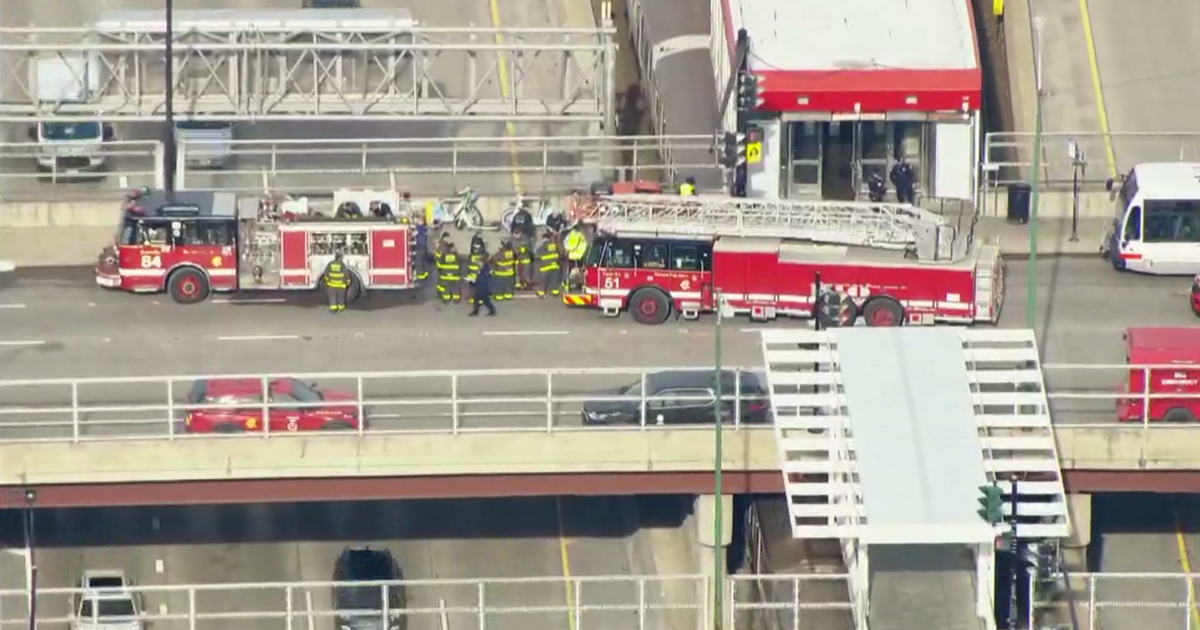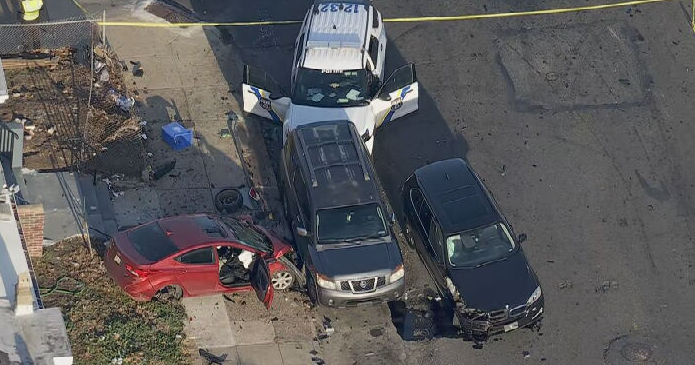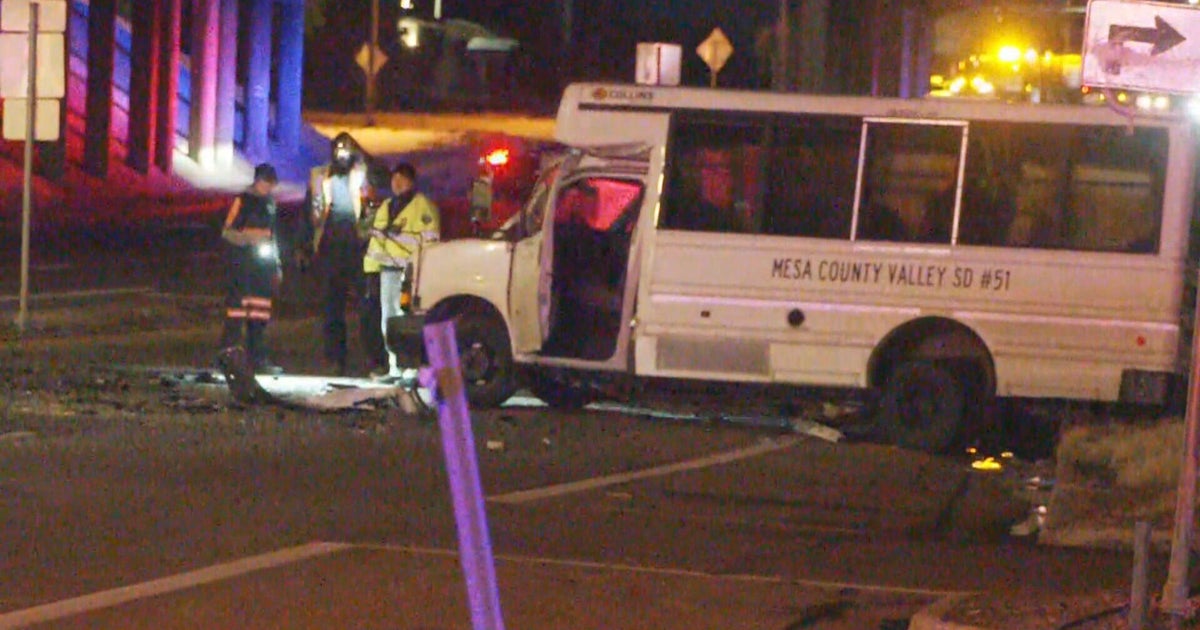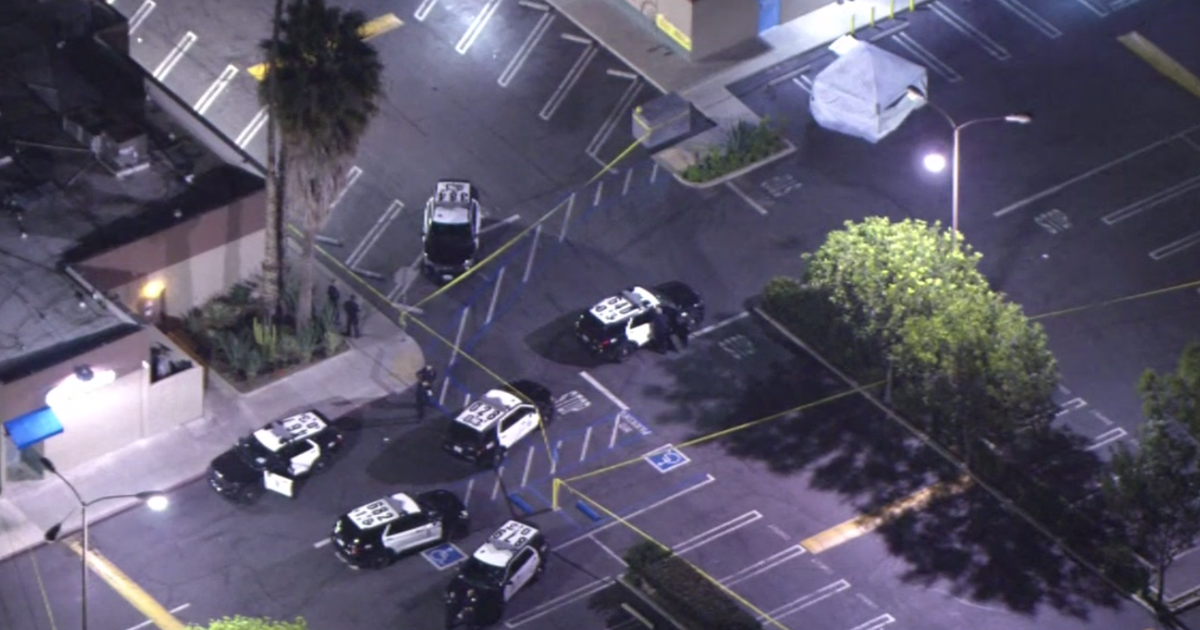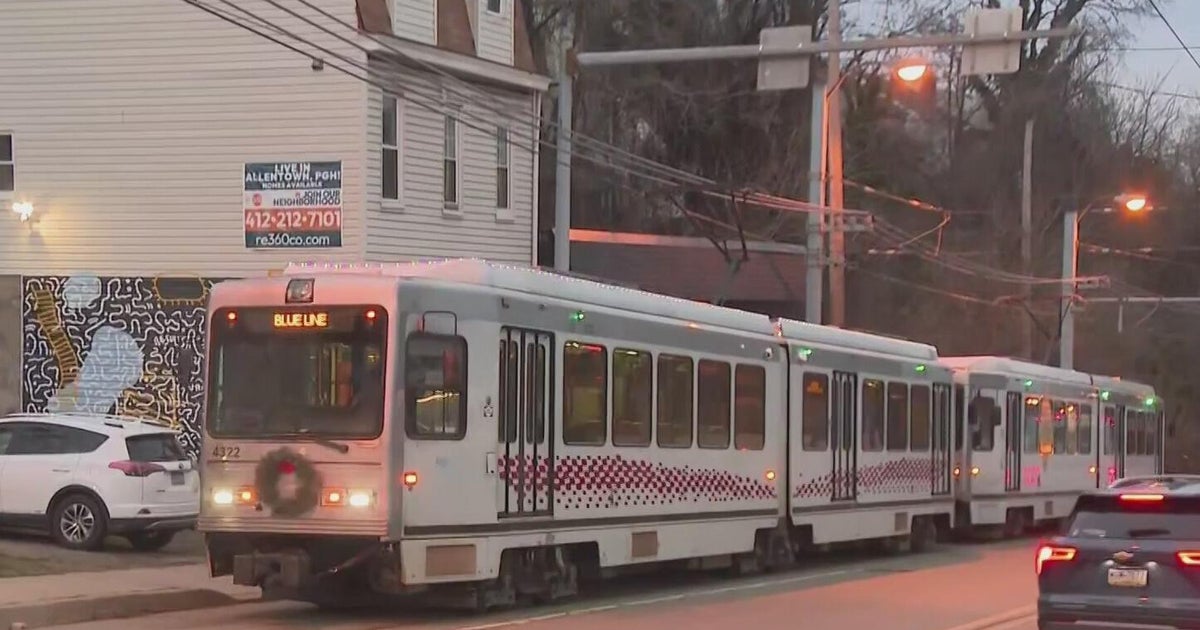Demanding Answers: NJ TRANSIT Blocking Media Access Following Deadly Hoboken Train Crash
NEWARK, N.J. (CBSNewYork) -- NJ TRANSIT has been blocking media access following the deadly train crash at the Hoboken terminal last week.
CBS2's Christine Sloan reports that no one from the agency calls back on basic inquiries.
Around noon time Thursday, Chopper 2 showed workers around the train that crashed into the terminal, and then minutes later, the Federal Aviation Administration told CBS2 there's a two-mile flight restriction over the scene.
On the ground, CBS2 cameras haven't been able to get close, either, as a police officer asked Sloan's crew to step away from fencing on NJ TRANSIT property.
"You can stand across the street on the sidewalk," the officer said. "Thank you."
However, in the past, even as the National Transportation Safety Board investigated other accidents -- such as the deadly 2013 Metro-North derailment in the Bronx in 2013 -- the Metro-North Railroad didn't black media access the way NJ TRANSIT is doing.
CBS2's Sloan went by NJ TRANSIT's corporate offices and got someone on the agency's phone. They said to leave the lobby because there was no spokesperson available and that no one would talk despite the crew camping outside.
Even before the crash, NJ TRANSIT -- which hasn't had a permanent executive director -- hasn't had a public meeting for over 100 days.
A spokesperson sent CBS2's Sloan a short press release on another question she had earlier this week if it's safe for engineers not to have a second eye in the cab car.
The agency said effective Thursday there are new rules that the conductor has to join the engineer when the train pulls into the two stations in New Jersey, including Hoboken.
Sources told CBS2 conductors in New Jersey don't join engineers so that they're not distracted.
The engineer in the Hoboken crash – 48-year-old Thomas Gallagher – was alone and said he had no memory of the crash.
NJ TRANSIT has agreed to take a CBS2 photographer to see the train.
The NTSB revealed Thursday that preliminary information from an event recorder showed that the train was going twice the speed limit while pulling into the terminal right before the deadly crash.
One person died and over 100 people were injured in the crash.

